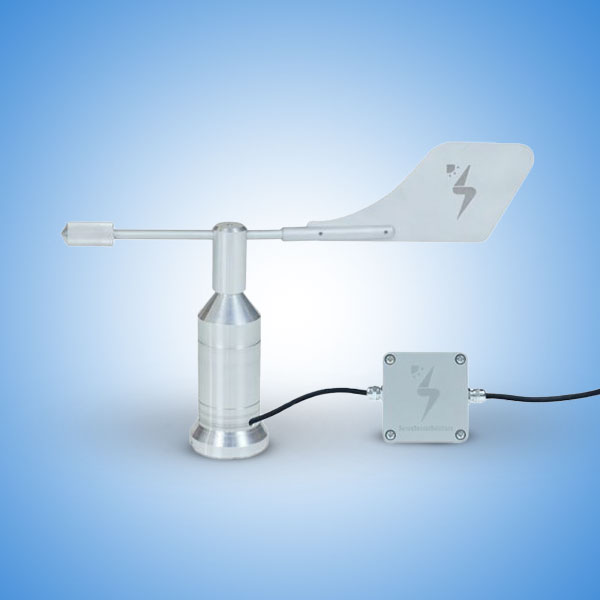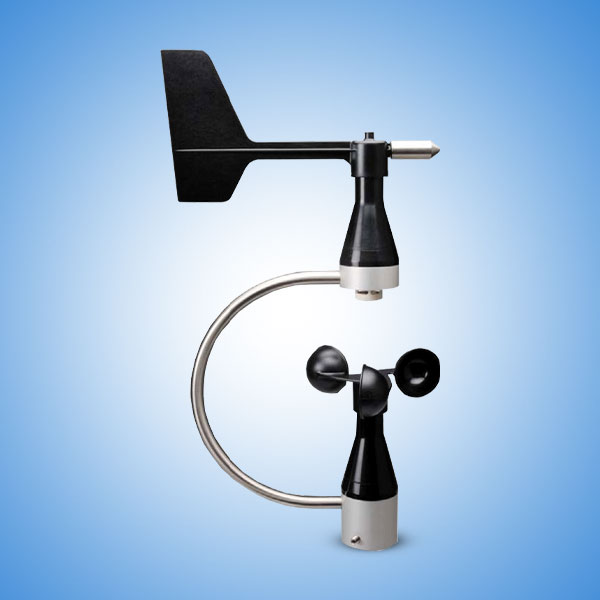Wind Speed & Direction
Wind Speed & Direction are two critical elements in understanding weather conditions and atmospheric behavior. Whether it’s for aviation, agriculture, wind energy, or everyday weather forecasting, knowing the wind speed & direction helps make informed decisions and ensures safety in various fields. These measurements are collected using advanced sensors and instruments, and play a key role in both environmental monitoring and modern technology applications.

Frequently Asked Questions
Wind speed & direction refers to how fast the air is moving and from which direction it is coming. Wind speed is typically measured in meters per second (m/s), kilometers per hour (km/h), or knots, while wind direction is expressed in degrees from true north (0° to 360°).
1. Wind Speed tells how strong the wind is.
2. Wind Direction tells where the wind is coming from (e.g., a north wind blows from the north).
Monitoring wind speed & direction is essential in predicting weather patterns, planning construction activities, operating wind turbines, and ensuring flight and marine safety.
Several types of instruments are used to measure wind speed & direction:
1. Cup Anemometer
- Measures wind speed using rotating cups.
- Simple and widely used in weather stations.
2. Vane Anemometer
- Combines a wind vane and cup or propeller.
- Measures both speed and direction.
3. Ultrasonic Anemometer
- Uses sound waves to detect wind speed & direction without moving parts.
- Offers high precision and durability.
4. Lidar (Light Detection and Ranging)
- Remote sensing technology for measuring wind profiles in three dimensions.
- Used in wind energy and atmospheric studies.
5. Wind Socks
- Basic visual indicators for direction and general speed.
- Common at airports and helipads.
Wind speed & direction measurements are used in many industries:
1. Aviation – Critical for safe takeoff, landing, and flight path planning.
2. Wind Energy – Helps in site selection, turbine placement, and energy forecasting.
3. Marine Navigation – Assists ships in route planning and port entry.
4. Agriculture – Guides spraying, irrigation, and crop protection.
5. Construction – Ensures crane and scaffold safety in high-wind conditions.
6. Wildfire Management – Predicts fire spread based on wind patterns.
7. Weather Forecasting – Helps meteorologists predict storms, cyclones, and daily conditions.
Reliable wind speed & direction data ensures safety, efficiency, and planning across these sectors.
Monitoring wind speed & direction provides several key benefits:
1. Improves Safety – Prevents accidents in aviation, marine, and industrial operations.
2. Supports Clean Energy – Enhances wind turbine efficiency and output.
3. Enables Accurate Forecasts – Helps predict severe weather events like storms and hurricanes.
4. Assists Environmental Studies – Tracks pollutant movement and air quality.
5. Reduces Risk – Helps prevent damage to infrastructure during high-wind conditions.
Whether for personal use or large-scale projects, tracking wind speed & direction brings better control and forecasting ability.
Several natural and environmental factors can affect wind speed & direction:
1. Earth’s Rotation (Coriolis Effect) – Causes winds to deflect to the right in the Northern Hemisphere and to the left in the Southern Hemisphere.
2. Topography – Hills, buildings, and forests alter local wind flow.
3. Temperature Differences – Warm air rises and creates pressure differences, driving wind.
4. Ocean Currents and Coastlines – Influence wind patterns near water bodies.
Understanding these factors helps in interpreting and using wind speed & direction data effectively.
Wind data can be used through:
1. Weather Apps – Display real-time wind info based on location.
2. Weather Stations – Personal or professional systems for continuous monitoring.
3. Data Loggers and Software – Collect, store, and analyze long-term wind trends.
4. Remote Sensors – Provide wind profiles in remote or hard-to-reach areas.
Using this data wisely can improve operational efficiency and safety in every application area.
To ensure the best wind speed & direction readings:
1. Mount Sensors at Proper Height – Typically 10 meters above ground for standard weather data.
2. Install in Open Areas – Avoid obstacles that block or deflect wind.
3. Maintain Equipment – Clean sensors and calibrate regularly for accuracy.
4. Ensure Power Supply – For digital and smart systems, reliable power is essential.
Proper setup and care lead to reliable and useful wind speed & direction measurements.



















